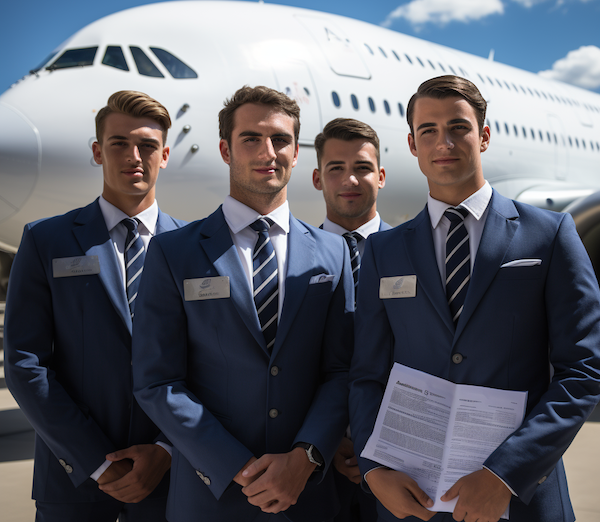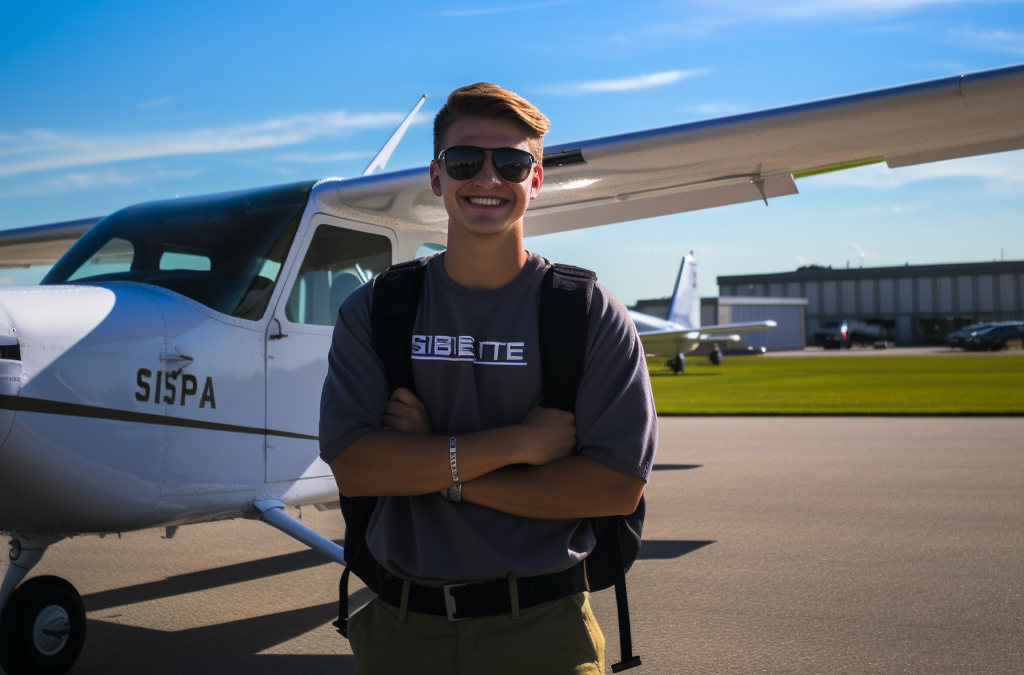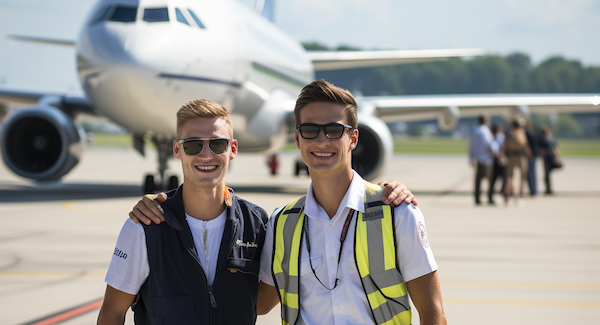If you are an aspiring pilot, you might have heard of the Cadet Pilot Program and the Conventional Program as two possible ways to become a commercial pilot. You might also be confused about the differences between them and which one to choose, as I was.
The main difference between a Cadet Pilot Program and a Conventional Program is that the Cadet Pilot Program is offered by an airline after a rigorous selection process of students. The airline offers a Letter of Intent to provide a conditional job offer or interview that depends on the successful completion of the training. The Conventional Program, on the other hand, does not offer any job or interview guarantee, but it can be completed at your own pace and you can secure the funds as you need.
Choosing one of these programs requires a lot of consideration of your own circumstances and preferences, so I am going to give you more information in this post to help you decide which one is best for you
What is a Cadet Pilot Program:

A Cadet Pilot Program is one where you have to go through an airline’s (such as Indigo Airline’s) selection process and if you get selected by the airline, you will receive a Letter of Intent. This letter sometimes guarantees a job interview with the airline or sometimes even a job offer itself. However, it is still conditional on the successful completion of the training and you still have to pass the interview.
These programs provide flying training to selected candidates at a partnered institute, where the training is closely monitored by the airlines and meets their standards or sometimes even their operating procedures. So you can be assured of the quality of training you receive and just focus on learning how to fly.
This type of training is most suitable for candidates with no flying experience and/or for those who prefer a structured way of learning with proper guidance. Also, some programs from certain airlines can offer sponsored training (highly competitive of course). While some banks can provide loans just based on getting selected for the training which can help with the financial burden for some, as they do not have to worry about paying the installments until completing the training.
Pros of Cadet Pilot Program:
- Potential job offer gives you peace of mind about not having to look for jobs after training with the confidence of a Letter of Intent from the airline.
- Airlines are partnered with good training institutes, so you do not have to worry about guidance or quality of instruction.
- Airline monitors the training means no chance of scams from institutes.
- Usually a much shorter duration of training compared to other programs, so you are ready to become a pilot sooner in an industry where seniority matters a lot.
Cons of Cadet Pilot Program:
- Very expensive with an average cost of 120,000 USD as of 2023.
- An airline might go out of the market by the time you finish training and that would mean you will have to take care of completing the training and finding a job.
- Airlines monitor the training closely and exceeding a specific number of attempts to pass the exams or licenses could result in termination of contract with the airline.
- Deviation from the contract could lead to termination and you will lose the guaranteed job interview.
- Will be limited to one airline for the job until the end of the contract.
- Cannot switch jobs to another airline and will need to serve the airline until the end of the contract term which can be as long as 5 years or more.
- High competition for selection to the cadet program itself and the process itself is very rigorous.
What is a Conventional Program:

A conventional program (mostly modular programs) allows you to complete the pilot training at your own pace. These programs do not give any promises of job offers or interviews as you are not being trained as per an airline’s conditions.
These programs are well suited for individuals who prefer to make payments for the flight training in installments or in a pay-as-you-go model. This allows for less burden compared to other programs where you might have to pay huge amounts out of pocket or by taking loans that accrue more debt because of exorbitant interests.
The success of your pilot training in a conventional program depends on a lot more factors than a Cadet Pilot Program for obvious reasons such as not having a guided or scheduled program of training, the chance of taking gaps in training as the program allows for reasons like having to secure funding or busy full-time work schedules or many other such reasons. Also, this will result in a longer time frame of completing training compared to cadet pilot programs which do not allow for gaps in training.
Pros of Conventional Programs:
- You can secure funds as you go along the training at your own pace with a peace of mind knowing you will complete training without having an overhead of debts.
- These programs are less expensive compared to Cadet Pilot programs by as much as 40%. The average cost of training is 80,000 USD as of 2023.
- By selecting a good flight school, you can be assured of the quality of training as well which is in line with the Cadet Pilot Programs.
- Freedom to apply for any airline after completion of training.
Cons of Conventional Programs:
- As the programs are not structured and do not restrict anyone from taking gaps in training, it could lead to extended duration of training where some people take as much as 4 years to complete training.
- As the gaps are allowed in training, you would need to spend additional hours flying to remember what you learned before taking a break, leading to additional expenses.
- School selection becomes your responsibility as selecting a bad school could result in many unfavorable outcomes.
- The competition for jobs after training is high and it could take a long time to get a job opportunity.
After going through all this information, the decision to choose either of these programs is not an easy one to make. With all the information you have now, it is up to your individual circumstances and preferences to choose the right one for you. Just remember that both programs have successful graduates who are flying and both programs have less fortunate CPL holders who are waiting for their first chance to fly.
I hope this post gave you more information that will help you make a better decision in choosing your path for flight training. If you have more questions regarding this topic, feel free to drop a comment or contact me and I will make sure to respond immediately with as much helpful information as possible. Read more about how to become a pilot by clicking here for other aspects of pilot training

